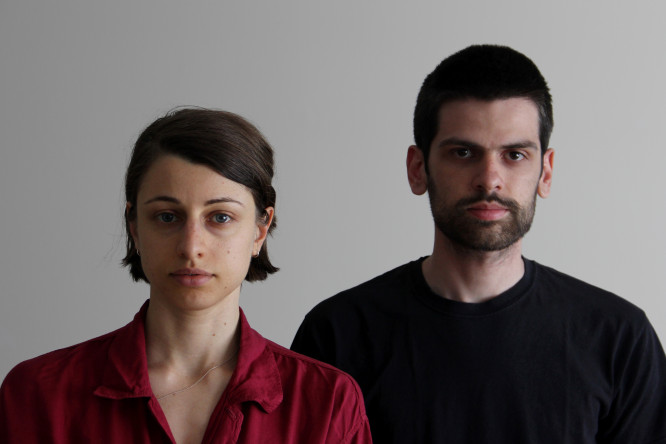
DESALL WINNERS: SELCE STUDIO
Four-time winners Jaxon Pope & Riccardo Centazzo are the founders of selce studio and projektado collective. Beside running a succesful design studio in Lund, Sweden, the duo has been engaging more and more in the discussion and development of design theory principles, with a specific interest in the research of design education alternatives for the future.
As part of the Desall winners crew, we asked Jaxon and Riccardo to open up about their creative life as full time profesional designers and share a piece of advice for the Desall community. What we got is a list of 7 points that make for a powerful starter for self-reflection for anyone in the design industry at the moment. Grab a cuppa and let’s dive in.
The following text was written by Jaxon Pope & Riccardo Centazzo and subsequently edited for clarity and brevity. Links to Selce Studio website and social media can be found at the end of the article. All images by selce studio.
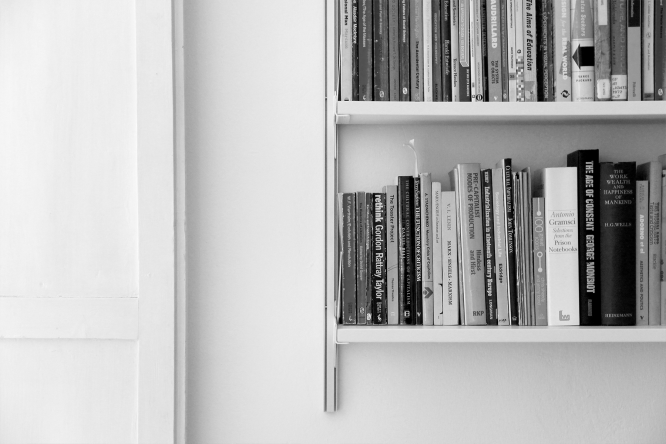
HAVE YOU FELT OBSOLETE YET?
In the context of industrial and product design, we came to recognise that what risks to be the subject of obsolescence is now not only the potential output of designers, but also the designers themselves.
‘Obsolescence’ is a term that we hear frequently, most commonly in conversations surrounding the production of consumer electronics, their operating systems, their charging ports, their technology becoming outdated sometimes even before they are released… and obsolescence’s too often planned nature in the name of profit.
If you have looked around recently for a design job in the field of product or industrial design, chances are you may be feeling this sentiment as well. You only graduated a few years ago, but the programs, skills and knowledge you acquired isn’t what anyone is looking for right now. When did that happen?
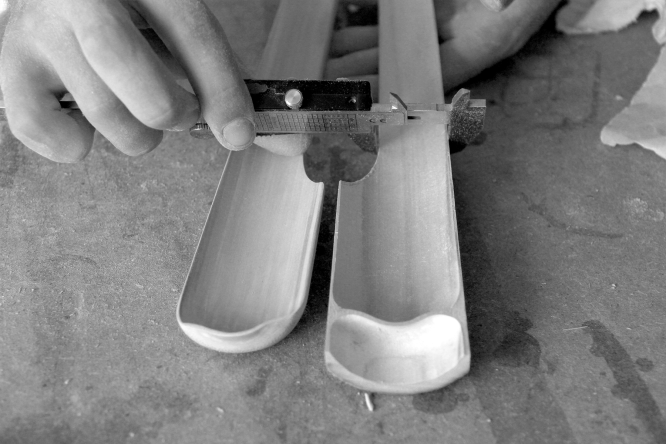
It is certainly true that throughout their history, industrial and product design were often debated to be at the verge of extinction. With ominous phrases like “design is dead” populating publications and intellectual debates with a considerable frequency. Yet, the industry seemed to maintain an apparent stability between job offer and demand, even though maybe not always in the most responsible of ways.
Now we are experiencing a different dimension of precariousness, as the discussion on industrial and product design extinction (or at least of the way we have been taught to know them) is accompanied by an industry in rapid change and evolution, and a category of creative professionals pushed to reconsider their work and their professional experience altogether.
Needless to say that putting more weight on the importance of the intellectual debates surrounding this industry would have helped us maintain a less static profession, and that the widely documented gap between design theory and practice was never going to lead to anything good, but nevertheless here we are, with the definition of “product design” now meaning something else entirely, with the job market needing something else entirely.
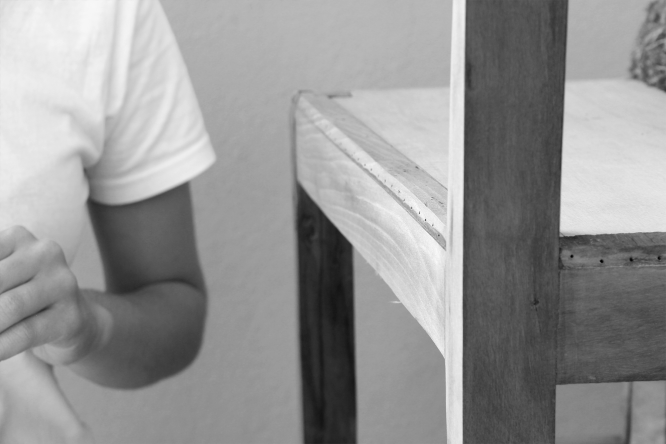
HOW TO MAINTAIN A SENSE OF RELEVANCE AS DESIGNERS: 7 HELPFUL CONCEPTS
Just as designers have recognised how to go towards a longer life cycle of processed and produced parts, so too can designers work towards keeping themselves in step with the trajectory of our ever-changing and nebulous industry. As many have found different ways to adapt and change in these challenging years, we have decided to briefly consider what has felt most useful to us.
While many of the changes required are at a systemic level (changes in educational approaches, changes in definitions, changes in methodologies), a lot can be done on a smaller scale that can still influence our collective perception of the industry and kick-start more considerable changes.
Below are 7 concepts that have helped us to maintain a sense of relevance as designers, to remain productive and motivated, as well as to engage as social and cultural participants in society:
- A transdisciplinary approach – Looking left and right to the fields adjacent to you, different approaches to the same problem can lead to unexpected, highly creative connections. Sectors are becoming less defined and more fluid, and design work increasingly more dependent on knowledge that is external to this profession. As designers we have now the possibility to engage with problems of much higher complexity and impact, but only if we understand ourselves and our field as participants in a reciprocal exchange and collaboration with other voices.
- An international and intergenerational approach – Overcoming the limits and biases of our individual experiences and backgrounds, to design in a more considerate and knowledgeable way.
- A collaborative approach – Challenge the individualistic culture imposed on us and find value in shifting your focus. Understand that every group creates an environment, and it is the environment that delivers a result. Don’t focus on who said something first or which task was completed by who, understand that nothing will happen in the same way if the environment itself didn’t exist. Be proud of being a part of something.
- A critical approach – The act of questioning and reconsidering something is an intrinsic part of a designer’s process. But while this is regularly applied on a smaller scale (case studies, client’s briefs, etc.), extending it to the larger scale is of vital importance if we want to maintain a profession that is relevant, meaningful and informed.
- A political awareness – Remember that selecting a client, a material, a process, a user group, or a retail price, is always a political gesture. Design doesn’t exist abstracted from our world, our culture, our societies and our environments, it is important to understand that our work carries a cultural message and inevitably supports a political vision.
- The will to learn – Institutional schooling is not the most powerful form of education, recognise the importance and potential of self/collaborative education, of discussion, and of open exchange of ideas, experiences and knowledge. Much can be learnt from other individuals in your industry and outside of it, as long as we don’t become protective of our knowledge.
- The will to listen – Understand the importance of listening to those that have something to say, and actively try to engage with them. We have to stop imposing our design vision on others, and instead form this vision collaboratively with those that can be affected by it. Everyone is qualified to give you their opinion on your work as a designer, and every opinion has a meaning. So listen and learn, as “good design” simply doesn’t exist in an objective sense.
These points aren’t to be considered as rules or guidelines, but as our personal observations on ways of working and thinking that have had a strong impact on us as designers and as people. So please feel free to take what you want from them, feel free to embrace them or to challenge them, to change them or criticise them, the important thing is that they make you think and care about why and how you design, and invite you to find meaning in being aware of your role as designer and thinker.
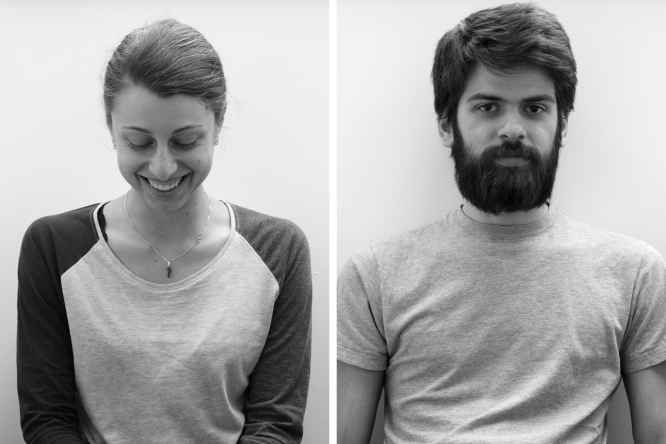
Written by Jaxon Pope and Riccardo Centazzo, founders of selce studio, 2022. Edited for brevity and clarity. All images kindly provided by selce studio.
Find Jaxon & Riccardo on Instagram, Facebook and do check out their portfolio, products and articles on their website as well as their latest project: projektado collective.
 Follow
Follow